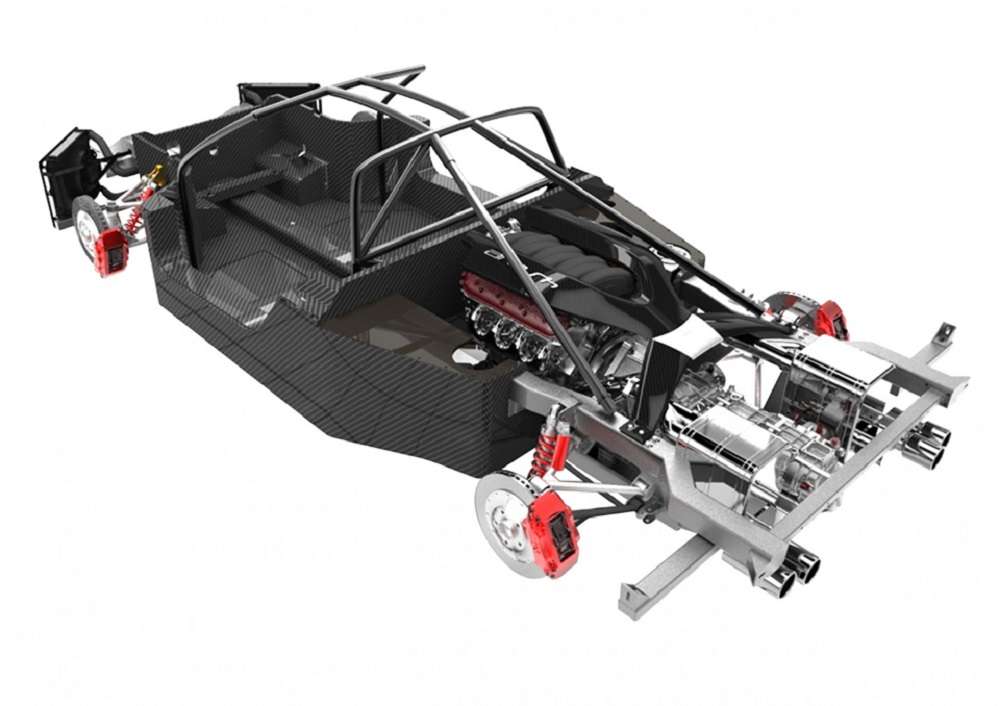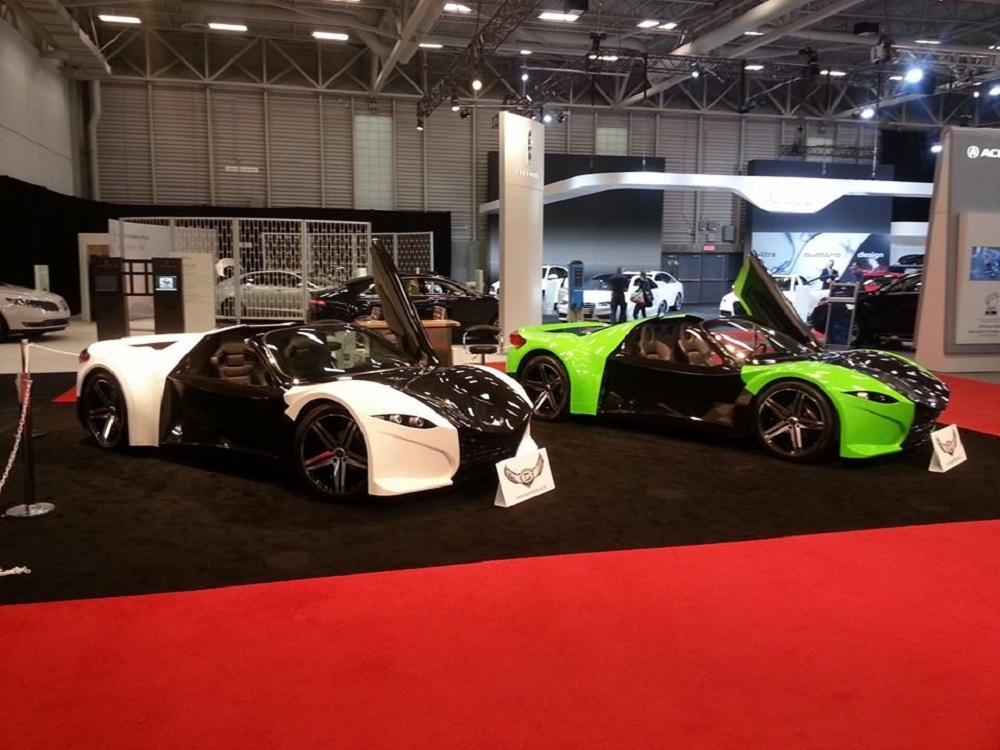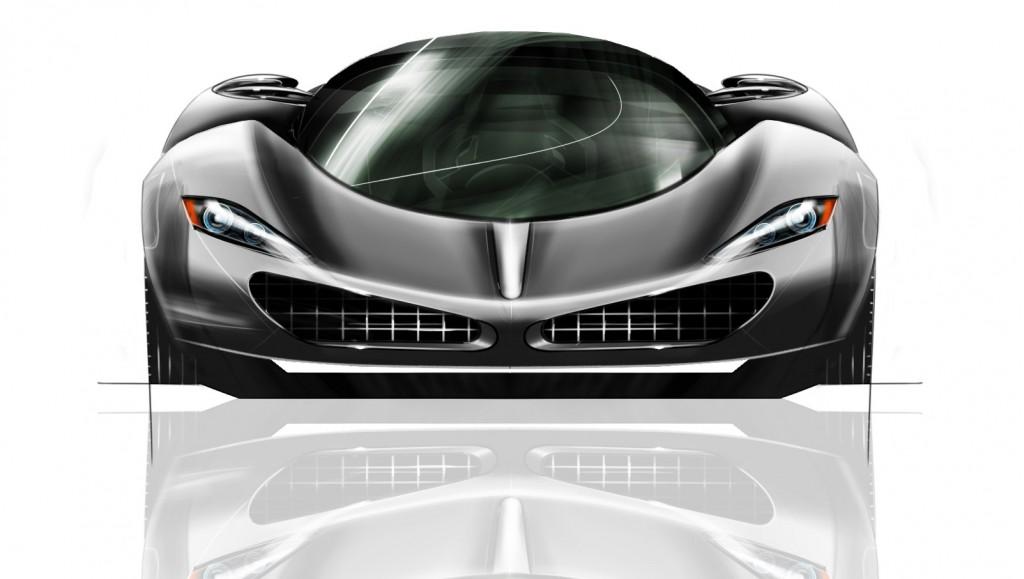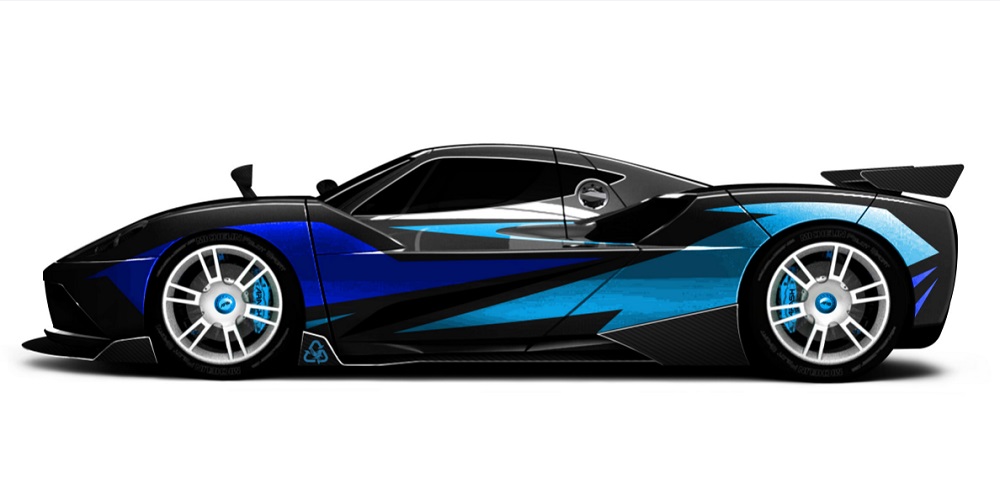4 LS-Powered Supercars That Haven’t (Yet) Made It to Production

LS power doesn’t guarantee supercars make it to production; here are some that didn’t.
Building a supercar from scratch is no easy feat. Not only does a start-up supercar builder need to come up with an eye-catching design, so too does the company need a capable chassis and big horsepower. With the first two items occupying much of their time, several builders of supercars like Mosler and SIN have gone to LS engines for big, reliable horsepower for several years. However, not all supercars come to fruition for one reason or another, so let’s take a look at four supercars whose planned LS-engined beasts have not (yet) gone up for sale.

Savage Rivale Roadyacht GTS
What was it?
The Dutch company named their LS3-powered concept car the rather presumptuous Savage Rivale Roadyacht GTS. We have no idea how to pronounce the first two words, but “Roadyacht” suggests peak opulence. That should come as no big surprise, since Savage Rivale also soup-up seagoing yachts. The car would give a fine and fitting luxurious aura to park at the marina; yacht owners tend to like matching things and interior space and design were major parts of the Roadyacht, since all four doors on the sedan version opened upward to splay the car’s innards for proper gawking.
What happened to it?
Despite its 2011 introduction and few examples that were built, the Roadyacht was never put into broader production. The concept, however, is not dead; Japanese company Green Lord Motors (GLM) are turning the Roadyacht into the GLM G4, an all-electric car that can get to 60 mph in a bit over three seconds. GLM currently sells EV versions of the Gran Turismo-favorite Tommy Kaira ZZ, so it seems likely the G4 will see the road, albeit without the original LS V8.

Dubuc Tomahawk
What was it?
The Canadian start-up announced the Tomahawk back in 2013 as an economical mid-engine kit car. By “economical,” they meant cheap ($30,000) and light (around a ton) rather than getting good mileage, although there was mention at the outset of potential fitment for an electric powerplant. Building a $30,000 car from scratch is no easy business, but Dubuc wanted to make that feasible using C4 Corvette parts bolted onto the 300-pound aluminum monocoque.
Corvette Online suggested that an LS1 or even an C4-era LT1 might be a reasonable engine, although various other outlets in the meantime have suggested the standard engine would be a V6. No engine was ever nailed down, however.
What happened to it?
Just one year after the announcement, the kit price was being reported as under $20,000 Canadian for the kit plus another $10,000 or so for various things, including the unspecified engine. Despite staying on course for pricing, the Tomahawk kit was never sold, however. Today, Dubuc SLC looks to be crowdsourcing design for a low-cost, high-performance 2+2 electric car, of which they’ve already built at least two test examples (above). LS engines exchanged for electric cars? That’s disappointing.

The Twin-LS7 HAL
What was it?
A few years ago, Australian Paul Halstead made some small internet waves with the mockup of the powerplant for his sketched hypercar: Unable to source a Bugatti W16, he instead had set up a pair of mid-mounted, LS7s rotated 45 degrees. Those would have fed a single transaxle through a transfer case of some sort. The aerofoil-styled hypercar, called the HAL after Halstead’s engineering firm, would have made 1,200 horsepower and had a top speed around 200 miles per hour. Halstead, who had made a name for himself in the 1980s with the Alfa Romeo-based HAL Giacattolo, penned the hypercar with no doors; instead, occupants would have entered through a sliding canopy.
What happened to it?
After the initial burst of publicity, nothing’s been heard about the twin-LS7 HAL. It’s a pretty rad concept so we’ll hold out hope that Halstead has been quietly tinkering with it and making it work. For now, we’ll file it as vaporware and hope to be proven wrong.

Arash AF10
What is it?
United Kingdom-based Arash has built some small-run sports cars over the last 15 years, but they announced the ambitious AF10 in 2009 with a 550-horsepower LS7 and plans for a supercharged ZR1-powered version that would make an oddly specific 1,001 horsepower. That plan looked shelved for a long time, but Arash revived the AF10 in 2016 as a hybrid hypercar with 2,000 horsepower combined between a supercharged 6.2-liter LS engine—likely the ZR1’s LS9—and four electric motors that Arash refers to as “Warp Drive.” The AF10 would set you back $1.5 million, but there’s also the more affordable option for the AF8 with what sounds like the originally planned LS7 and no electric motors.
What happened to it?
The marketing under the single word “Naughty” is still relatively current so the AF10 may still see the road belonging to those with the bankroll for one. We’re looking forward to seeing them in the middle of the hypercar market. We’re still not sure what to make of the rapid-fire “inspirational” Facebook posts from September of last year, though:
